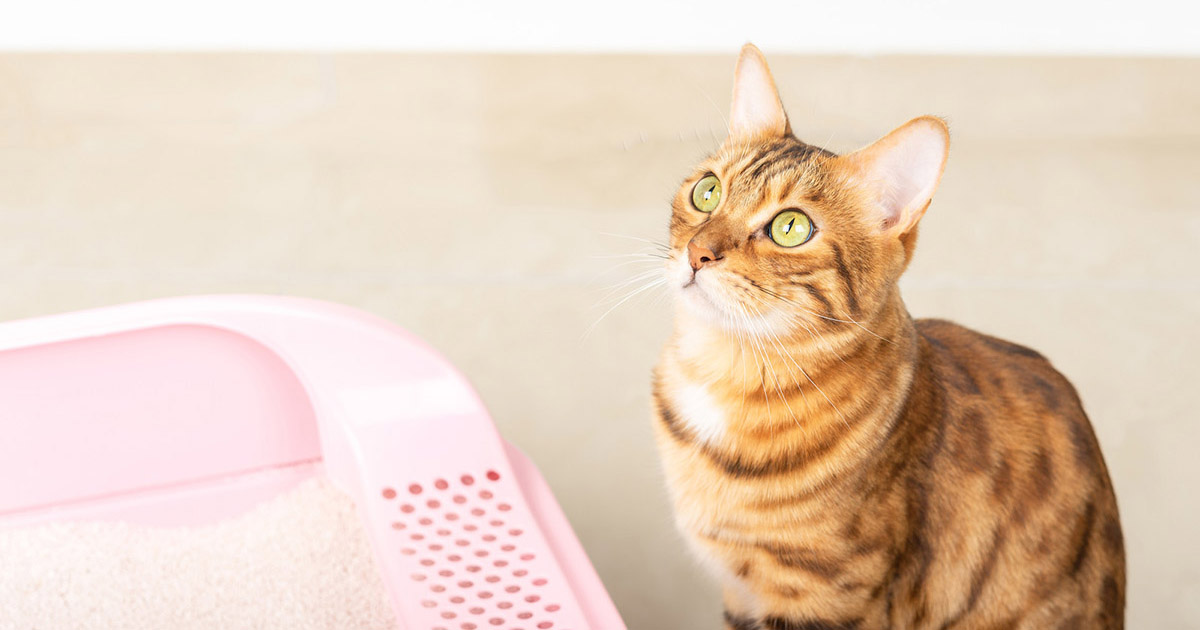Reasons You Should Avoid Flush Cat Poop Down Your Toilet - Important Facts
Reasons You Should Avoid Flush Cat Poop Down Your Toilet - Important Facts
Blog Article
The publisher is making a number of great observations on the subject of How to Dispose of Cat Poop and Litter Without Plastic Bags overall in the article on the next paragraphs.

Introduction
As feline proprietors, it's necessary to be mindful of exactly how we get rid of our feline close friends' waste. While it may appear practical to flush feline poop down the commode, this method can have detrimental repercussions for both the atmosphere and human health and wellness.
Environmental Impact
Flushing pet cat poop introduces harmful microorganisms and bloodsuckers right into the water supply, positioning a substantial threat to aquatic environments. These impurities can adversely influence aquatic life and concession water high quality.
Wellness Risks
Along with environmental issues, flushing cat waste can likewise present wellness threats to human beings. Feline feces might consist of Toxoplasma gondii, a bloodsucker that can create toxoplasmosis-- a possibly serious ailment, specifically for pregnant females and people with damaged body immune systems.
Alternatives to Flushing
The good news is, there are safer and more responsible ways to deal with feline poop. Take into consideration the complying with alternatives:
1. Scoop and Dispose in Trash
One of the most typical technique of dealing with feline poop is to scoop it right into a naturally degradable bag and throw it in the trash. Be sure to make use of a committed litter scoop and throw away the waste immediately.
2. Usage Biodegradable Litter
Select naturally degradable feline trash made from materials such as corn or wheat. These litters are eco-friendly and can be safely thrown away in the trash.
3. Bury in the Yard
If you have a backyard, take into consideration burying feline waste in a marked location away from vegetable yards and water sources. Make certain to dig deep enough to avoid contamination of groundwater.
4. Set Up a Pet Waste Disposal System
Invest in an animal waste disposal system particularly developed for feline waste. These systems utilize enzymes to break down the waste, decreasing smell and environmental influence.
Conclusion
Liable animal ownership prolongs beyond supplying food and shelter-- it also entails proper waste administration. By refraining from flushing pet cat poop down the toilet and going with different disposal approaches, we can reduce our ecological footprint and protect human health and wellness.
Why Can’t I Flush Cat Poop?
It Spreads a Parasite
Cats are frequently infected with a parasite called toxoplasma gondii. The parasite causes an infection called toxoplasmosis. It is usually harmless to cats. The parasite only uses cat poop as a host for its eggs. Otherwise, the cat’s immune system usually keeps the infection at low enough levels to maintain its own health. But it does not stop the develop of eggs. These eggs are tiny and surprisingly tough. They may survive for a year before they begin to grow. But that’s the problem.
Our wastewater system is not designed to deal with toxoplasmosis eggs. Instead, most eggs will flush from your toilet into sewers and wastewater management plants. After the sewage is treated for many other harmful things in it, it is typically released into local rivers, lakes, or oceans. Here, the toxoplasmosis eggs can find new hosts, including starfish, crabs, otters, and many other wildlife. For many, this is a significant risk to their health. Toxoplasmosis can also end up infecting water sources that are important for agriculture, which means our deer, pigs, and sheep can get infected too.
Is There Risk to Humans?
There can be a risk to human life from flushing cat poop down the toilet. If you do so, the parasites from your cat’s poop can end up in shellfish, game animals, or livestock. If this meat is then served raw or undercooked, the people who eat it can get sick.
In fact, according to the CDC, 40 million people in the United States are infected with toxoplasma gondii. They get it from exposure to infected seafood, or from some kind of cat poop contamination, like drinking from a stream that is contaminated or touching anything that has come into contact with cat poop. That includes just cleaning a cat litter box.
Most people who get infected with these parasites will not develop any symptoms. However, for pregnant women or for those with compromised immune systems, the parasite can cause severe health problems.
How to Handle Cat Poop
The best way to handle cat poop is actually to clean the box more often. The eggs that the parasite sheds will not become active until one to five days after the cat poops. That means that if you clean daily, you’re much less likely to come into direct contact with infectious eggs.
That said, always dispose of cat poop in the garbage and not down the toilet. Wash your hands before and after you clean the litter box, and bring the bag of poop right outside to your garbage bins.
https://trenchlesssolutionsusa.com/why-cant-i-flush-cat-poop/

I ran across that piece about How to Dispose of Cat Poop and Litter Without Plastic Bags when doing a lookup on the internet. So long as you appreciated our post kindly do not forget to share it. Thanks a lot for your time invested reading it.
Schedule Free Estimate Report this page